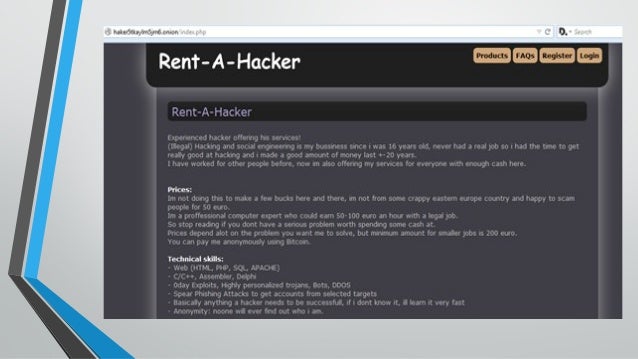

So, that means that the number of pages increased by over 100 trillion in just over 3 years.
TOR BROWSER FOR DARK WEB UPDATE
This was also Google’s latest official update on how many pages are in their database. According to Search Engine Land, in 2016 Google knew about a staggering 130 trillion individual pages (and this number is growing constantly). In 2013, Google said that they knew about 30 million pages. In addition, the content on the pages don’t need any special or custom configuration to access. So, sites that contain a domain extension like.

For example, and both belong to the “.com” top-level domain. It’s the last part of an internet domain name, stated after the last dot. Typically, any reference to the Visible Web will be to common websites with a familiar internet domain extension.Īnother word for domain extension is top-level domain (TLD). The surface web (often referred to as the “ visible web ”) is the portion of the web available to the general public and indexed in the standard web search engines such as Google, Bing and Yahoo. Pixel Privacy believes in digital privacy and does not believe in using it for heinous and/or illegal activities, and so the focus of this article will be on legal activities.īut before we get into that, it’s important to understand the differences between the surface web, deep web and dark web. In this guide, I’ll give you the answer to these questions, as well as information about various other interesting deep web-related topics.įirst, let me explain that this article is intended for users who want to use the dark web for legal and needed purposes, such as finding censored news, blocked websites and other much-needed services. So, even though it does exist on the internet, Google doesn’t index any of these pages or content.īut, how can you get access to all these websites, pages and information on the deep web and dark web if they can’t be found through Google, Bing or Yahoo? How do you navigate these websites? Is it safe to visit these pages? The content of all these pages is stored on Google’s servers, but it’s comprised mostly of outdated, old content smartphone app content journals court records private social media profiles and much more. That’s why such a large percentage (as much as 94%) of the entire web is not returned in Google Search. Google considers the majority of the content on the entire web highly irrelevant and useless to its users. That means that Google wants to minimize the amount of time users spend searching for certain queries. Google’s purpose is to show the most relevant information to all of its users quickly and easily. It might sound weird that Google doesn’t index these pages, but it does carry some logical sense. Perhaps the best-known tool used to access the dark web is the Tor browser. The dark web is web content that exists on darknets, which are overlay networks on the internet that require specialized software, configurations and authorization to access. Such data includes medical records, financial information, research papers, private forums and networks, and other content. The deep web is made up of content that search engines such as Google do not index.

The portion of the web that most internet users browse on a daily basis is what’s known as the “ surface web.” This is the part of the web that is readily accessible by the general public and is indexed by Google, Bing and other search engines.Īll the websites and content that isn’t being shown on the “surface web” is generally referred to by many as the “deep web,” “dark web” or “invisible web.” Did you know that Google only shows you a glimpse of all the websites that actually exist? It’s estimated that the entire web is roughly 500 times larger than what Google returns in Google Search.


 0 kommentar(er)
0 kommentar(er)
